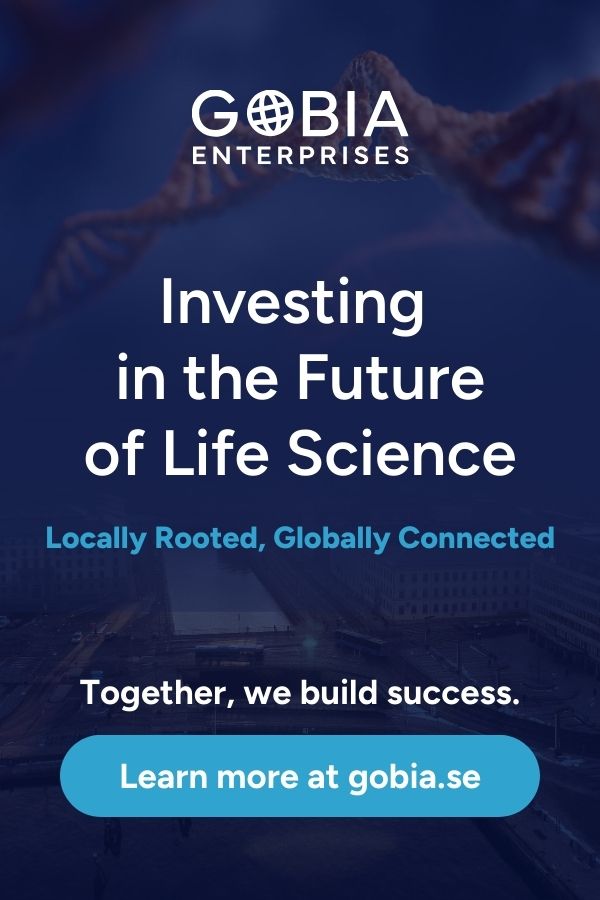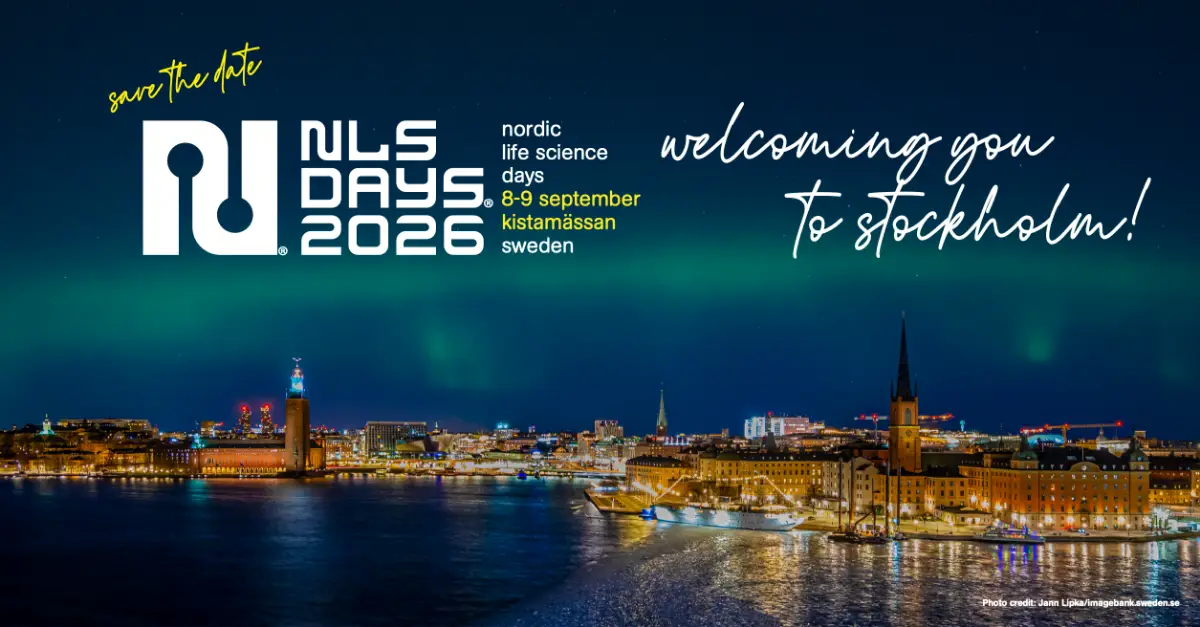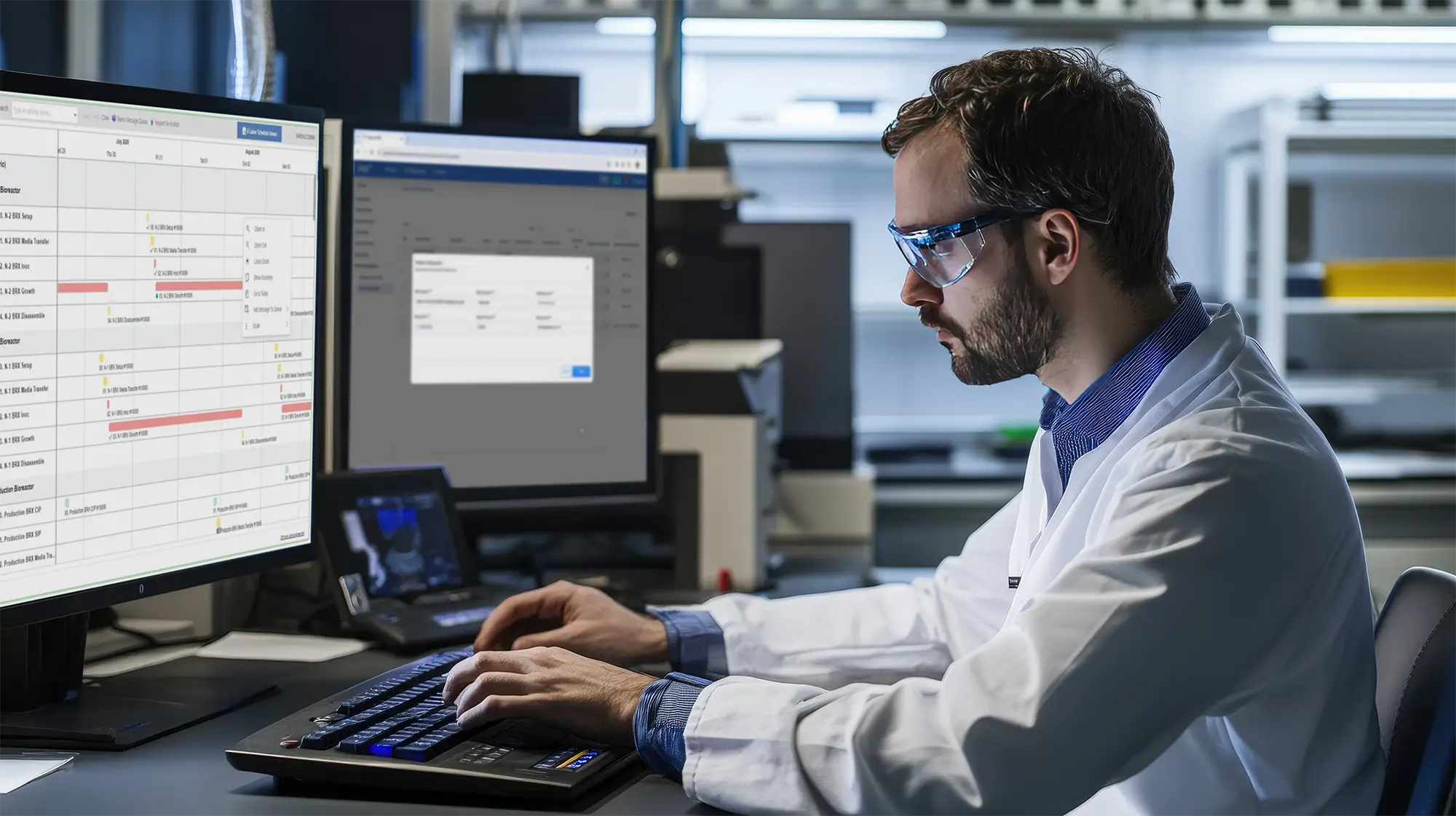New AI method transforms pharmaceutical drug discovery
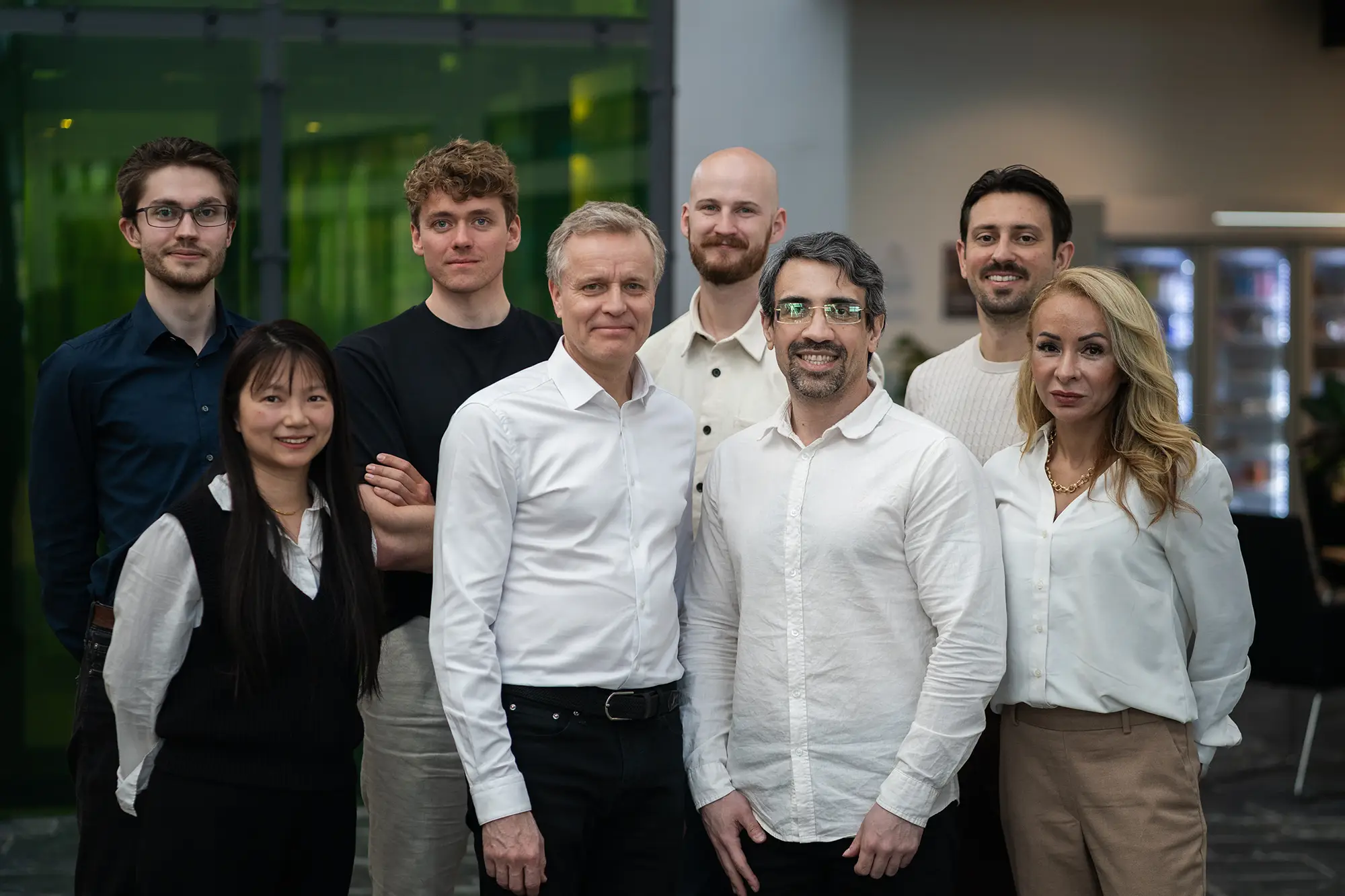
While AI-driven drug discovery has become a global gold rush, with startups emerging almost weekly, few possess the scientific depth, proprietary technology, and execution speed to truly reshape the pharmaceutical landscape. Anyo Labs is one of those rare exceptions.
“Anyo Labs, along with so many others, are convinced that we are entering the next industrial revolution in the pharma industry, and AI will be at the heart of it. To be honest, calling it a revolution is not enough”, says Dr. Sayyed Jalil Mahdizadeh, Chief Research Officer specializing in AI-driven drug engineering in Anyo Labs.
With a Ph.D. in theoretical and computational chemistry from Ferdowsi University of Mashhad Dr. Sayyed Jalil Mahdizadeh joined Professor Leif Eriksson’s research group at University of Gothenburg in 2019, where he has led innovations in AI for intelligent drug engineering.
“When I joined the group in 2019, we worked with all the advanced traditional approaches in drug discovery, such as protein modelling, high throughput virtual screening, classical binding affinity prediction, and molecular dynamic simulations, but after a couple of years, we realised that traditional approaches weren’t effective enough.”
“With constantly growing the number of molecular libraries available for hit identification, there is an urgent need for improvements in speed and accuracy in the prediction of binding affinities.
Dr. Sayyed Jalil Mahdizadeh identified several main problems and bottlenecks in the traditional computational drug discovery and drug development. The first bottleneck according to Dr. Sayyed Jalil Mahdizadeh is the scoring function, a mathematical formula that predicts the strength of interaction (called binding affinity) between a drug molecule and its receptor protein.
“Scoring functions are developed to predict the experimental binding affinity but all the benchmarking show that the traditional scoring functions are not efficient and accurate.”
“They can’t predict the binding affinities accurately, and they are also slow in the predictions. That means that if you have an ultra large library, it's not possible to apply these scoring functions to rank the molecules toward the receptor of interest that we are targeting.”
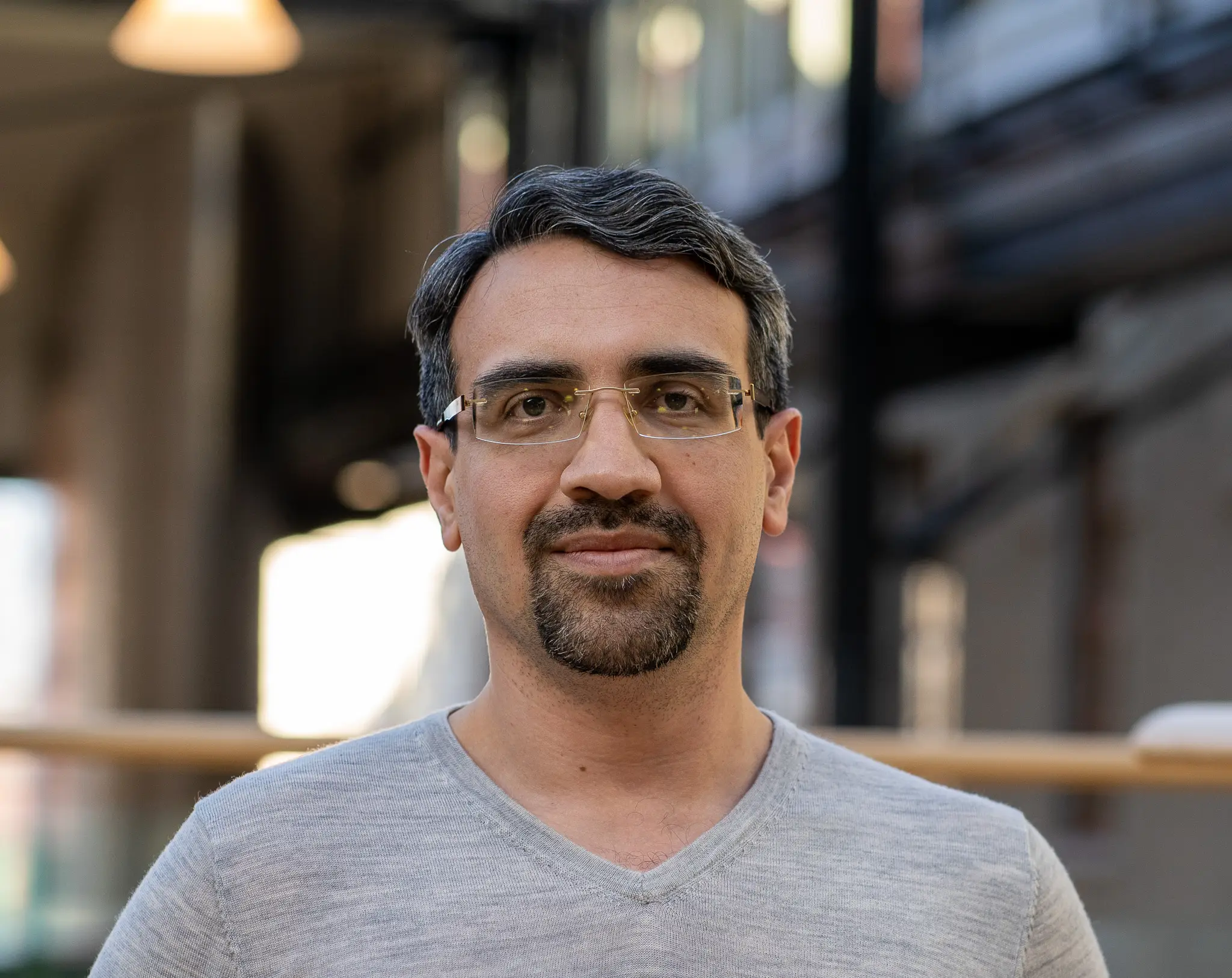
Generate new compounds
The second bottleneck that Dr. Sayyed Jalil Mahdizadeh identified is the chemical space available for virtual screening and molecular docking. The largest library available as of now contains several billions of compounds.
“So far scientists and researchers have seen just a tiny dot in the astronomically huge druglike chemical space. There are trillions upon trillions of compounds available that no one have ever seen or thought about using for targeting new diseases.”
“By developing generative AI, we are able to sample the whole druglike chemical space to generate new druglike compounds. Moreover, an efficient scoring function that could be accurate enough to predict the experimental binding affinities and be fast enough to be able to handle ultra-large libraries, this dream comes true.”
After addressing the bottlenecks and limitations in traditional computational drug discovery a machine learning (ML) based scoring function (iScore) was developed, to predict the binding affinity of protein–ligand complexes with unprecedented speed and precision. Unlike traditional methods that rely heavily on explicit knowledge of protein–ligand interactions and extensive atomic contact data (the third bottleneck in traditional drug discovery), iScore leverages a unique set of ligand and binding pocket descriptors.
“This innovative approach bypasses the time-consuming conformational sampling stage, enabling rapid screening of vast molecular libraries, a critical advancement in navigating the near-infinite chemical space. The development of iScore involved rigorous training and benchmarking using multiple high-quality datasets,” says Dr. Sayyed Jalil Mahdizadeh.
To realize the full capacity of this novel innovation, Dr. Mahdizadeh and Prof. Eriksson teamed up with an entrepreneurial team to found Anyo Labs in 2022. Three distinct ML methodologies were employed in the scoring function development: deep neural networks (iScore-DNN), random forest (iScore-RF), and extreme gradient boosting (iScore-XGB). The results demonstrated iScore’s ability to deliver highly accurate binding affinity predictions, setting a new standard for efficiency in de novo drug discovery. In early 2025, Anyo Labs published their method in the Journal of Chemical Information and Modelling [ref].
“Through the publication, we gained greater impact and have created new collaborations within the pharmaceutical industry. Although medium and large pharma companies are already working with AI in various processes, new AI methods will still face some skepticism, especially from medicinal chemists.
New chemical starting points
The company has applied the tools to tackle problems in several drug design challenges. As an example, in the beginning of 2025, Anyo Labs used their methods to screen two large commercial libraries with a total of 46 million compounds (MolPort and Mcule), against the therapeutic target Soluble Epoxide Hydrolase in only a few hours. The top 10,000 compounds from each library (20,000 total) were prioritized by predicted binding affinity. Further post-processing filters for solubility, structural diversity and pharmacokinetic reduced the set to 32 representative compounds, which were evaluated experimentally in biochemical assays.
“Of these, two compounds demonstrated low nanomolar inhibitory activity and four exhibited low micromolar potency. These results validate the speed and predictive power of our AI-driven drug discovery pipeline and provide new chemical starting points for the development of novel sEH inhibitors. Our approach offers a scalable framework for accelerating the discovery of therapeutics targeting challenging enzymes.”
In the longer term, the company aims to develop tools that will completely replace preclinical requirements and animal tests.
“There is no need to do the tests in advanced resource-intensive organisms when AI methods can do the job with a fraction of the resources. This will soon be an industry standard, and we are open to collaborations with companies that want to be at the forefront,” says Dr. Sayyed Jalil Mahdizadeh.






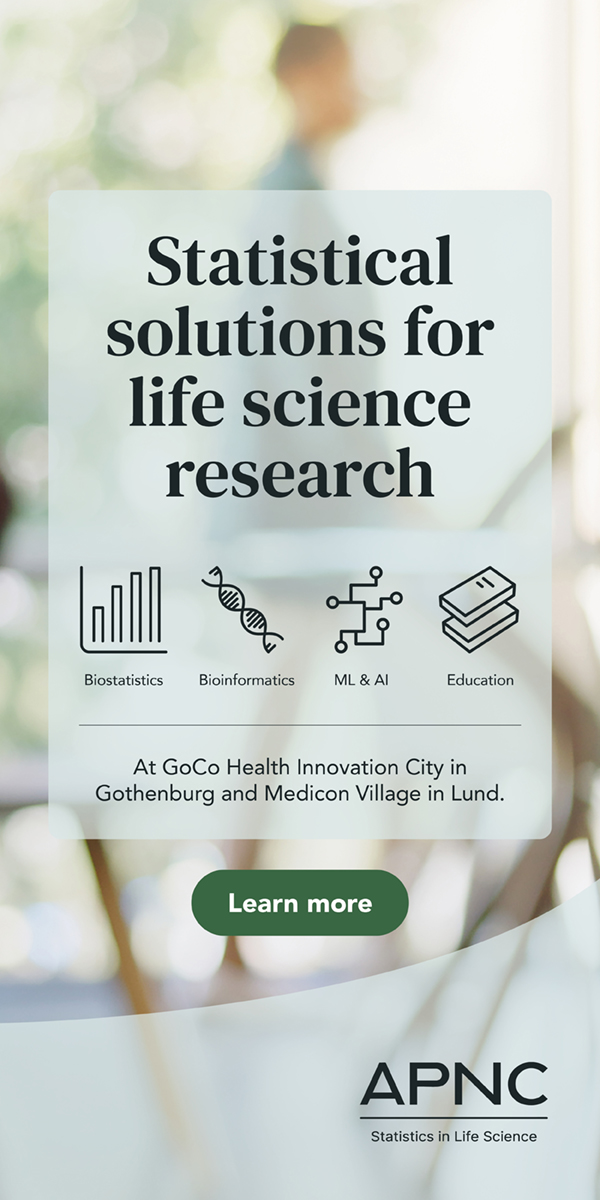

-1%20kopiera.webp)



